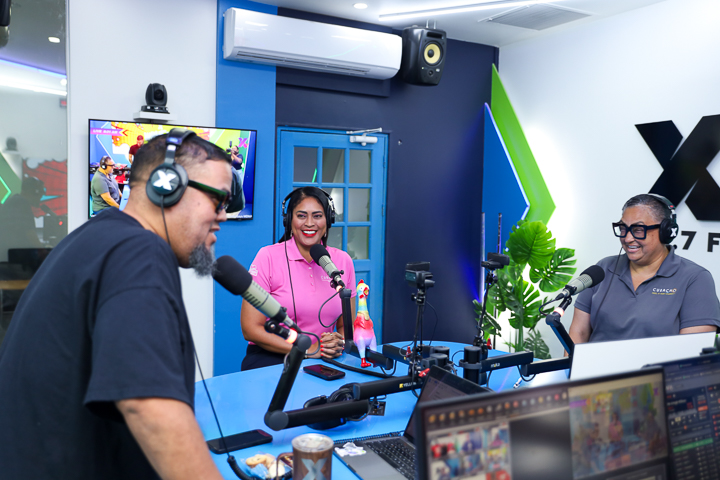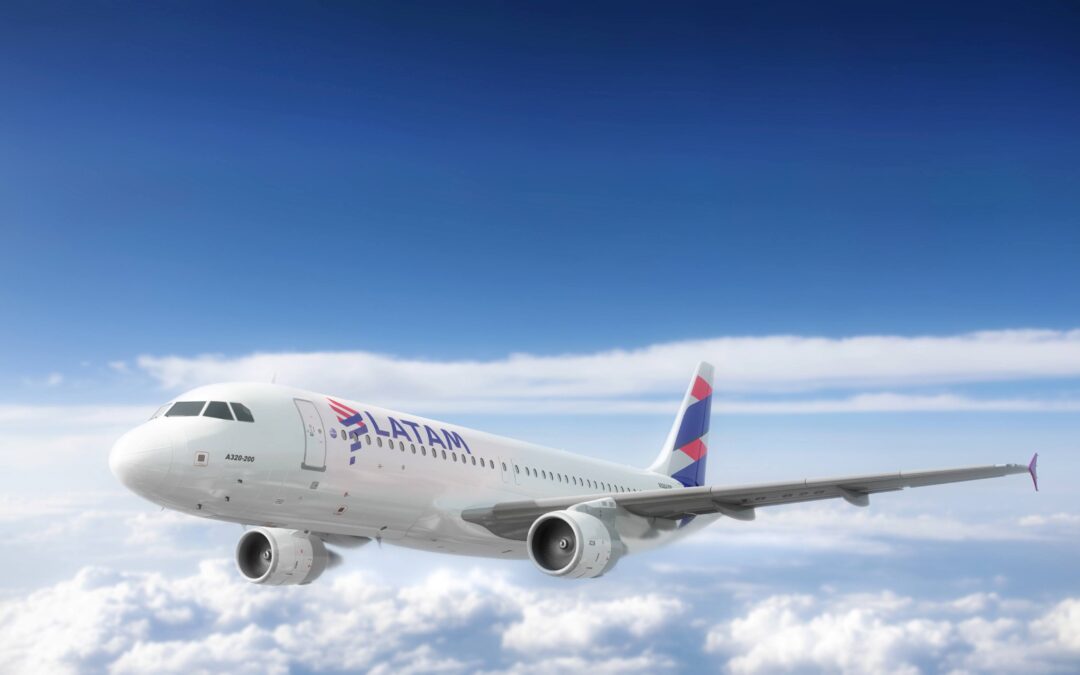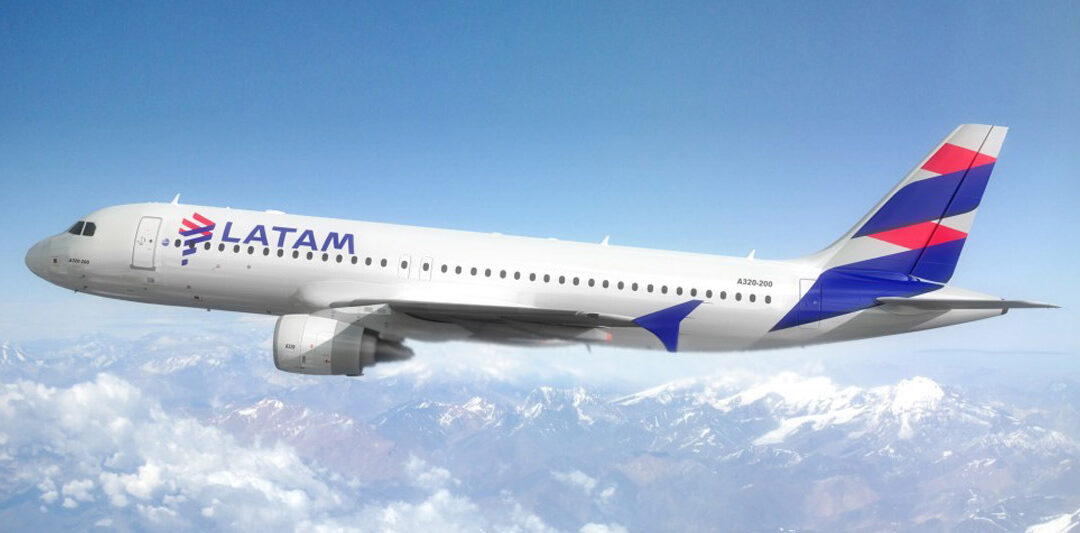The purpose of the research was to document the Carnival experience from tourists and the economic impact that spawns to the local economy. The research was conducted both in 2016 and 2017, while in 2017 the results were compared to the previous year. Results of the Study were presented by Curaçao Tourist Board (CTB) at the 4th World Research Summit and the International Conference on Events at the University of Central Florida in Orlando, Florida in December 2017.
There is no doubt the Curaçao Carnival is a unique event with acute potential to positively impact Curaçao. The Carnival impacts the island in two fronts. First, stakeholders must support and adopt business practices that continue to increase the value of the Curaçao carnival event. During carnival season the image of Curaçao is at its highest point by bringing to life an environment full of entertainment and cultural experiences. In 2017, at least 2,335 tourists have travelled to Curaçao for the Carnival event. Second, the 2017 Carnival season in Curaçao unveiled an unexpected externality and showed the vulnerability of these types of events. The air connectivity limitations during Carnival, due to reduction of flights from main regional carrier hampered growth and performance for the Curaçao Carnival event of 2017.
The profile of the tourists in 2017 is very similar to those of 2016 and reveals an affluent and educated persona residing mainly in the Netherlands and secondly in the surrounding region. Overall, the tourists attending the Carnival were satisfied with their experience and are willing to come back and/or recommend. Furthermore, the perception of Curaçao’s Carnival was broken down into four dimensions; the cultural, escapism, esthetic and entertainment aspect. The dimensions are derived from earlier studies on the subject. The main finding of this study indicate that the cultural as well as the entertainment aspect as a relevant component of the Curaçao Carnival experience, has gained in prominence, while the escapism and esthetic aspect generated less attention.
The tourists interviewed with the main purpose to visit the Curaçao Carnival stayed on average 10.87 days and spent on average US$172 per person per day or US$ 1,865 per trip. This spending is higher than the typical tourists patronizing the destination (US$132 pppd). The total direct economic contribution of Carnival to the economy was US$4.35 million.
The Carnival in Curaçao represents the best of the destination; the socialization opportunities with the people of Curaçao continue to spawn energies for the destination in the future.
The potential of carnival as an engine of growth for the tourism sector is promising. Stakeholder must recognize that carnival is a way to spur economic opportunities because those attending the Carnival are more likely to drive loyalty and spending to the island.




